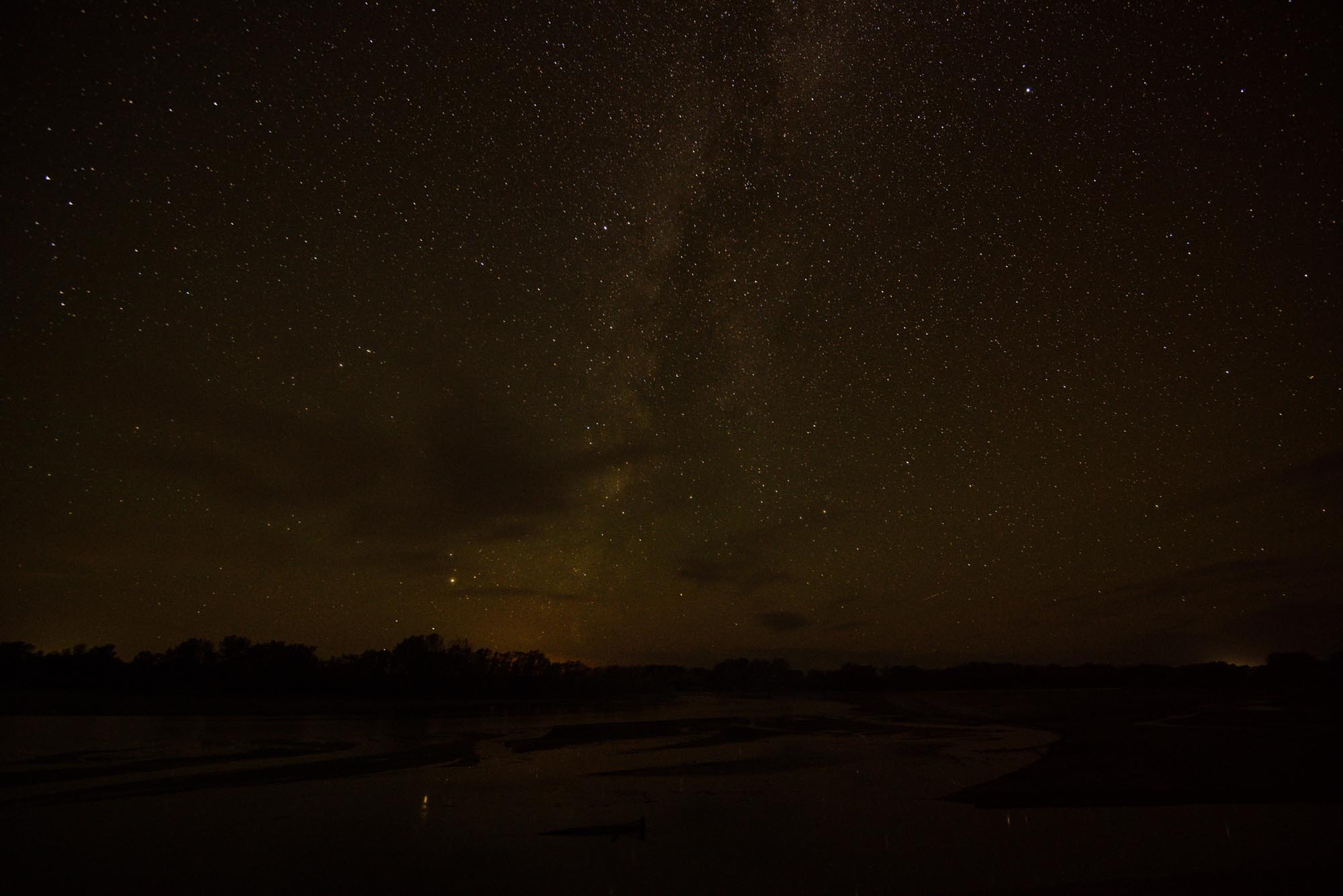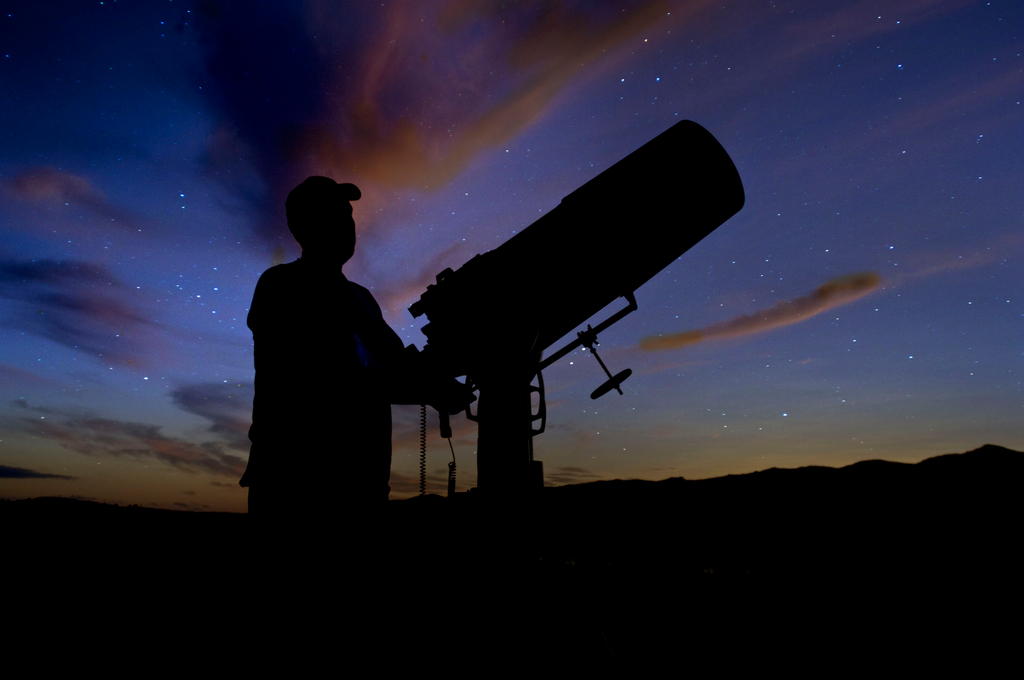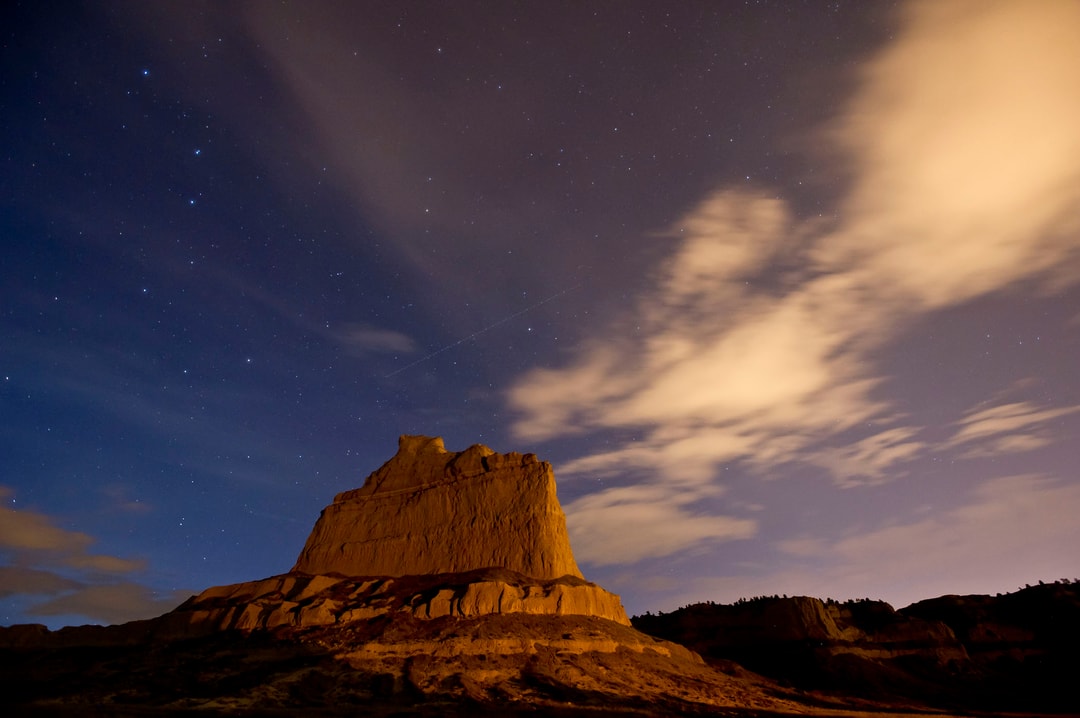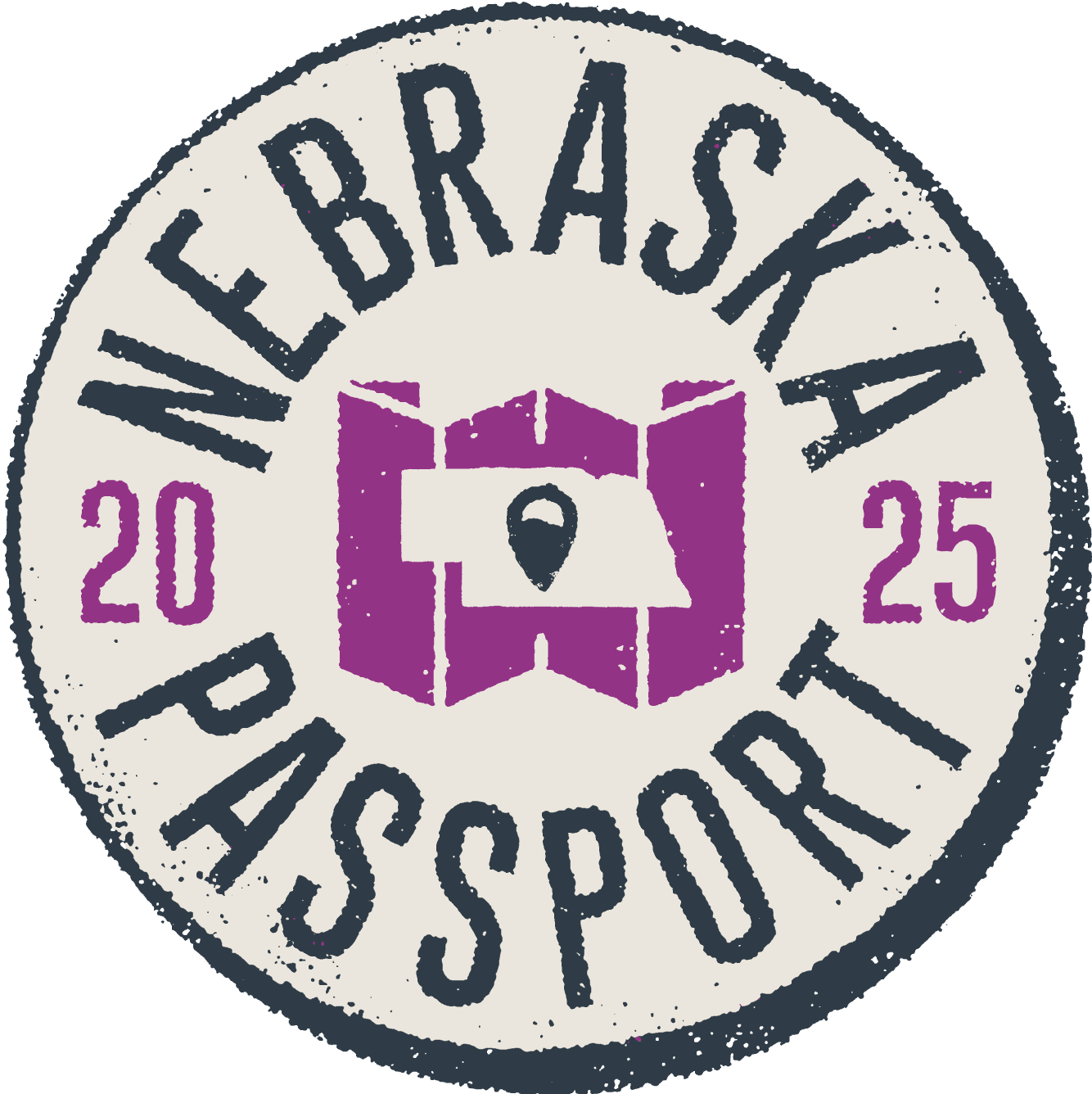
Your Guide to Stargazing in Nebraska
Nebraska features plenty of wide-open spaces with limited light pollution that make it the perfect destination for stargazing. Looking to plan your own Nebraska stargazing adventure? We’ve come up with everything you need to know – including a list of parks and recreation areas across the state with dark skies perfect for viewing, stargazing tips and tricks and a packing list.

You can find great spots to stargaze all throughout the state, but if you need help deciding where to go, check out this list of Nebraska State Parks and State Recreation Areas with dark skies perfect for stargazing in each region.
- Northwest: Box Butte Reservoir State Recreation Area near Hemingford
- Southwest: Rock Creek Lake State Recreation Area near Enders
- Sandhills: Calamus State Recreation Area in Burwell or Merritt Reservoir State Recreation Area: International Dark Sky Park near Valentine and home of the annual Nebraska Star Party
- South Central: Sherman Reservoir State Recreation Area in Loup City
- Northeast: Niobrara State Park in Niobrara
- Southeast: Indian Cave State Park in Shubert
- Metro: Pelican Point State Recreation Area in Tekamah (1-hour drive north of Omaha)

Tips for the Best Stargazing Experience
- Make your trip around the new moon! Night skies will appear darkest and stars brightest around the new moon each month. If you can’t coordinate your trip to coincide with the new moon, aim for just before or just after. Check a lunar calendar to see when the new moons will occur throughout the year.
- While you can stargaze anytime of the year, autumn, winter and spring are preferred by many astronomers. Although summer is the warmest for nighttime activities, it has the fewest number of dark hours and can often be unreliable weather wise.
- Check the forecast at your destination a day or two before you depart. Rain and cloud cover has a big impact on your ability to see the stars. Clear Sky Charts are a great tool to check the forecast for astronomical observing conditions.
- The best places to stargaze are those with limited light pollution. Use a light pollution map to find the darkest place near you or check out one of the spots listed by region above!

Stargazing Packing List
- Red-light flashlight. The best way to see in the dark is to let your eyes slowly adjust by relaxing in perfect darkness for about 20 minutes. If you must use illumination, avoid bright white lights (like a cell phone), it will take fully 20 to 30 minutes for your eyes to readjust! Using a low intensity red or green light helps preserve your night vision and shortens the recovery time dramatically.
- Binoculars. Stargazing under pristine dark skies doesn’t require any visual aids, but binoculars can enhance the experience by giving you a closer look at certain deep space objects. Although they won’t be able to compete with telescopes, they are a more cost-conscious option for beginners.
- Planisphere. A planisphere is a great learning tool for beginners to recognize stars and constellations. More information on using a planisphere here.
- Warm clothes. Even if you’re stargazing in the summer months, temperatures drop at night. Bring an extra layer of clothing or blankets, which can also serve as ground cover should you wish to recline.
- Fully reclining chairs or ground pads. If you’re willing to make the investment, portable reclining chairs or cots are choice for viewing and comfort. Ground pads or sleeping pads work just fine too, but you may want to bring a neck pillow for extra support.
- Warm beverage. A toasty beverage will help keep you warm and/or caffeinated during a long night of observing.
- Water. Stay hydrated, friends.

Header photo - Toadstool Geologic Park. Credit: @jeffcolhoun
Default DFP Component 1
